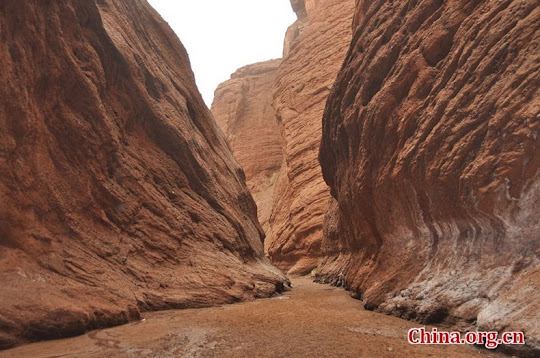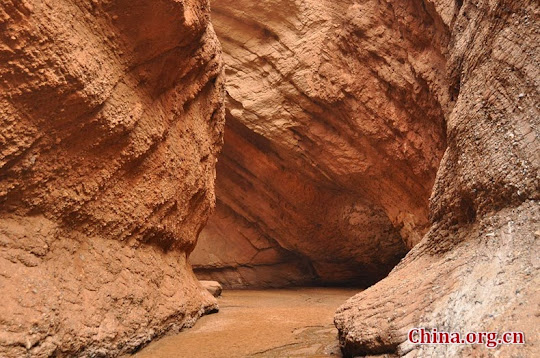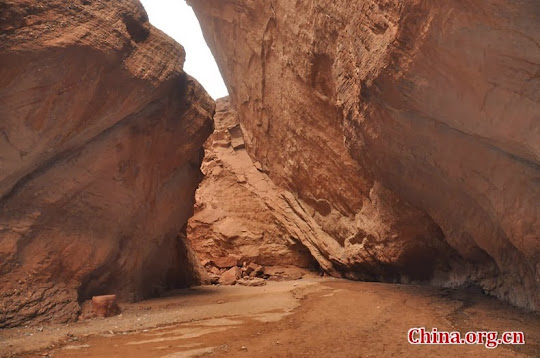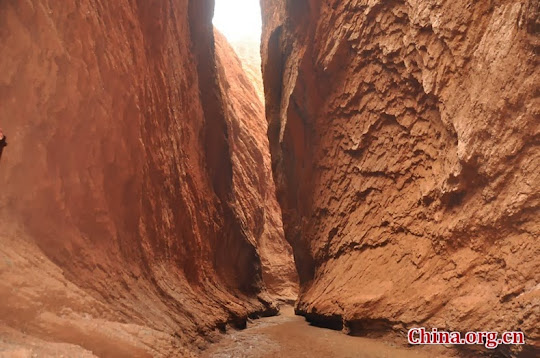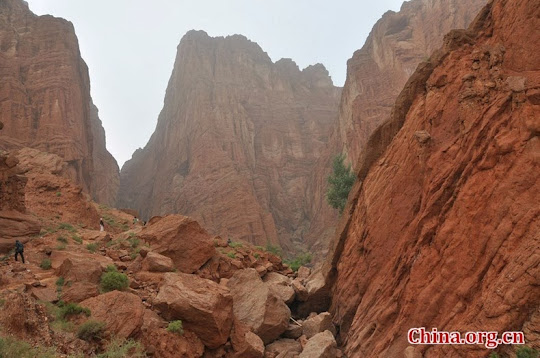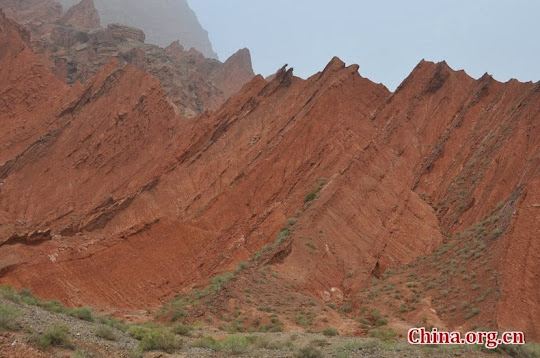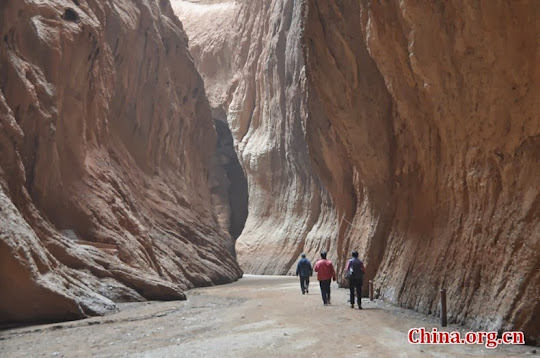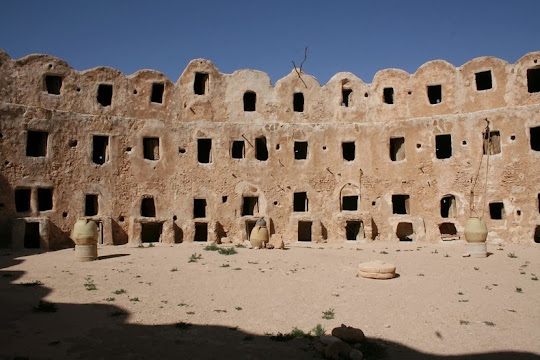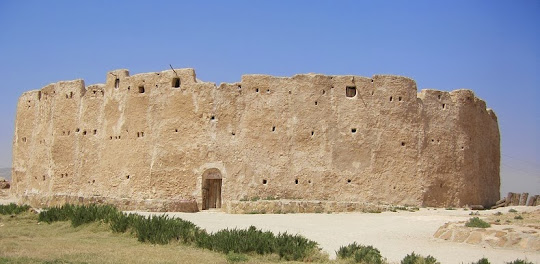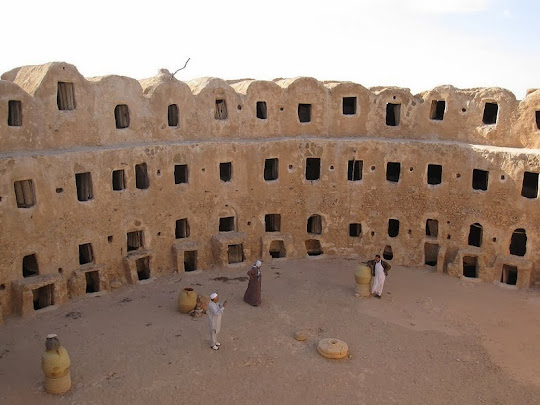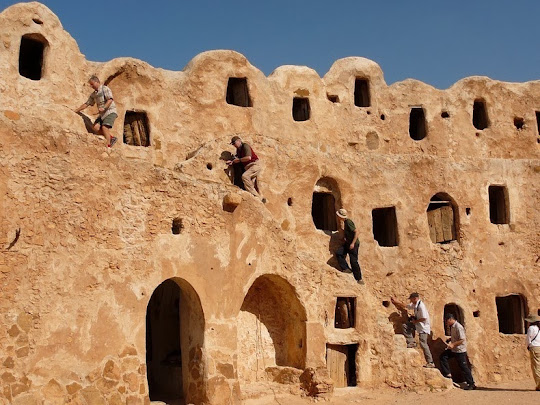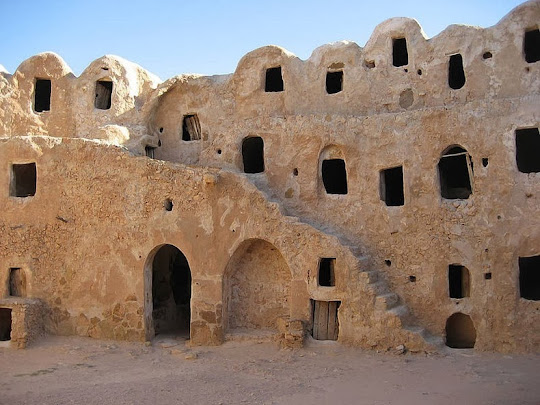The Tsavo region lies to the south of Kenya close to the borders with Tanzania in the basin of the Tsavo river close to where it meets the Athi River. The Tsavo region had been inhabited for thousands of years by hunter-gatherers, and later by the Kamba people moving through the region herding their livestock or looking for honey. The region achieved notoriety in 1898 during the building of the Mombasa-Nairobi railway, when a pair of lions terrorized the railway workers building a bridge. During a 10-month period the lions killed at least 28 people. The ordeal was put to an end by Lt. Col. John Henry Patterson, who was in charge of the bridge-building, after extensive stalking and baiting. The stuffed body of the two lions can be seen today in the Field Museum of Natural History in Chicago.
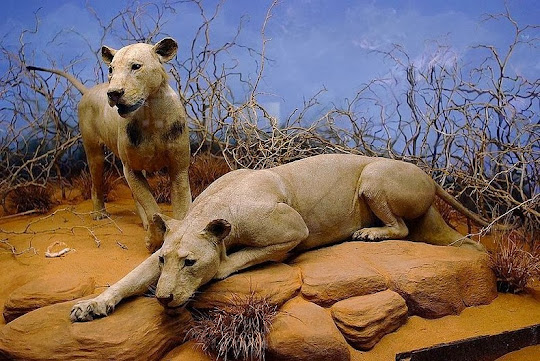
In March 1898 the British started building a railway bridge over the Tsavo River led by Lt. Col. John Henry Patterson. Called the Uganda Railroad, it was to stretch from Mombasa on the coast of modern-day Kenya to Lake Victoria, and later into Uganda. During the next nine months of construction, two maneless male Tsavo lions stalked the campsite, dragging Indian workers from their tents at night and devouring them. Crews tried to scare off the lions and built campfires and bomas, or thorn fences, around their camp for protection to keep the man-eaters out, to no avail; the lions leaped over or crawled through the thorn fences. After the new attacks, hundreds of workers fled from Tsavo, halting construction on the bridge. Patterson set traps and tried several times to ambush the lions at night from a tree.
After repeated unsuccessful endeavours, Patterson got his first breakthrough on 9 December 1898 when he managed to put a bullet on the first lion. The shot struck the lion in its back leg, but it escaped. Later, it returned at night and began stalking Patterson as he tried to hunt it. A shot through the heart eventually killed the lion. The second lion was killed twenty days later. Patterson had to fire at least nine times before it was dead. He claimed it died gnawing on a fallen tree branch, still trying to reach him.
The lions were enormous in size. The first one measured nine feet, eight inches from nose to tip of tail and stood three feet nine inches high. It took eight men to carry the carcass back to camp. After 25 years as Patterson's floor rugs, the lions' skins were sold to the Chicago Field Museum in 1924 for a sum of US$5,000. Today, they are on permanent display along with the original skulls.
The exact number of people killed by the lions is unclear. Patterson’s figure of 135 victims is believed to be exaggerated. The actual number is likely around 35, arrived by analyzing samples of hair and bone of the lions.
The man-eaters’ notorious exploits have been immortalized in no less than three Hollywood films, including the 1996 movie The Ghost and the Darkness where Val Kilmer played the daring Patterson.
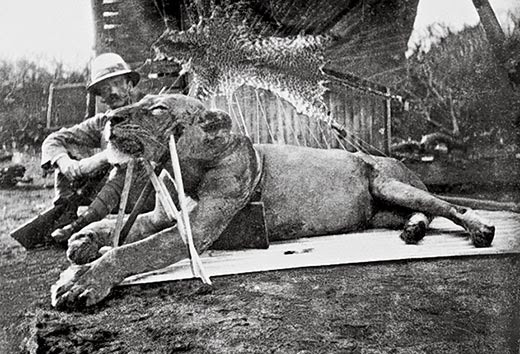
The first of the two Tsavo man-eating lions shot by Lt. Col. Patterson.

The second man-eater from Tsavo shot by Lieutenant-Colonel Patterson.
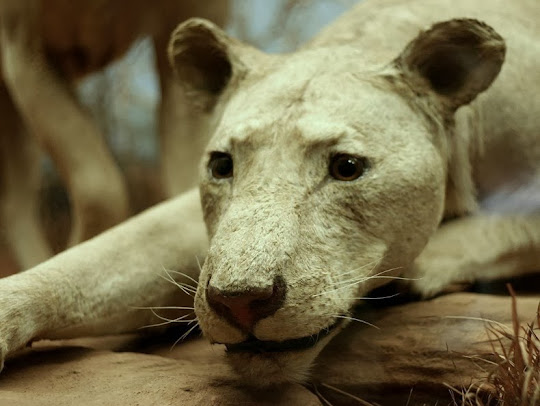
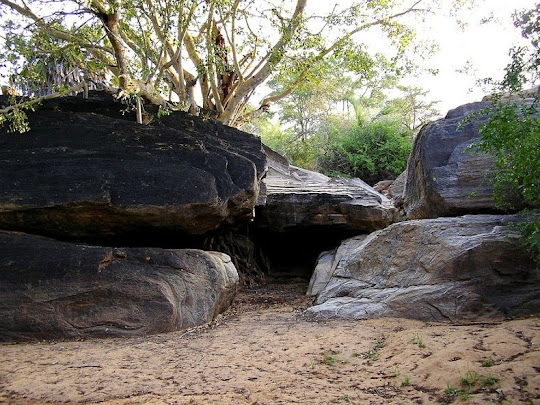
The man-eaters’ den.
Source
READ MORE»

In March 1898 the British started building a railway bridge over the Tsavo River led by Lt. Col. John Henry Patterson. Called the Uganda Railroad, it was to stretch from Mombasa on the coast of modern-day Kenya to Lake Victoria, and later into Uganda. During the next nine months of construction, two maneless male Tsavo lions stalked the campsite, dragging Indian workers from their tents at night and devouring them. Crews tried to scare off the lions and built campfires and bomas, or thorn fences, around their camp for protection to keep the man-eaters out, to no avail; the lions leaped over or crawled through the thorn fences. After the new attacks, hundreds of workers fled from Tsavo, halting construction on the bridge. Patterson set traps and tried several times to ambush the lions at night from a tree.
After repeated unsuccessful endeavours, Patterson got his first breakthrough on 9 December 1898 when he managed to put a bullet on the first lion. The shot struck the lion in its back leg, but it escaped. Later, it returned at night and began stalking Patterson as he tried to hunt it. A shot through the heart eventually killed the lion. The second lion was killed twenty days later. Patterson had to fire at least nine times before it was dead. He claimed it died gnawing on a fallen tree branch, still trying to reach him.
The lions were enormous in size. The first one measured nine feet, eight inches from nose to tip of tail and stood three feet nine inches high. It took eight men to carry the carcass back to camp. After 25 years as Patterson's floor rugs, the lions' skins were sold to the Chicago Field Museum in 1924 for a sum of US$5,000. Today, they are on permanent display along with the original skulls.
The exact number of people killed by the lions is unclear. Patterson’s figure of 135 victims is believed to be exaggerated. The actual number is likely around 35, arrived by analyzing samples of hair and bone of the lions.
The man-eaters’ notorious exploits have been immortalized in no less than three Hollywood films, including the 1996 movie The Ghost and the Darkness where Val Kilmer played the daring Patterson.

The first of the two Tsavo man-eating lions shot by Lt. Col. Patterson.

The second man-eater from Tsavo shot by Lieutenant-Colonel Patterson.


The man-eaters’ den.
Source

